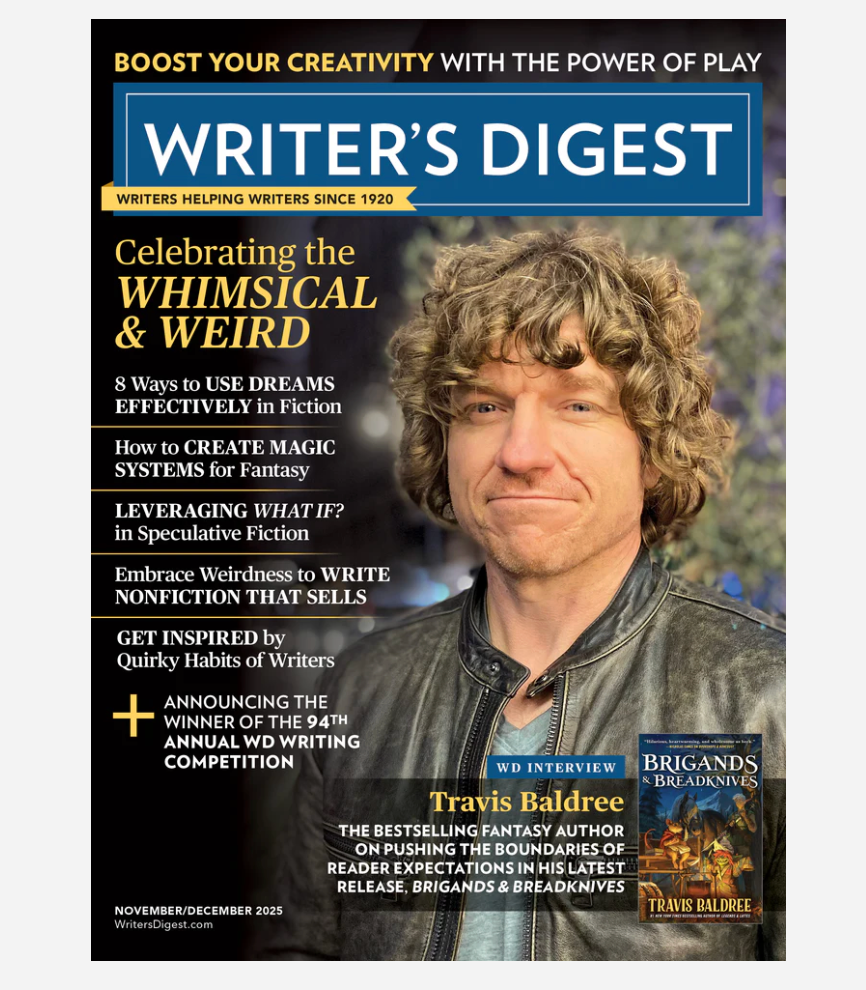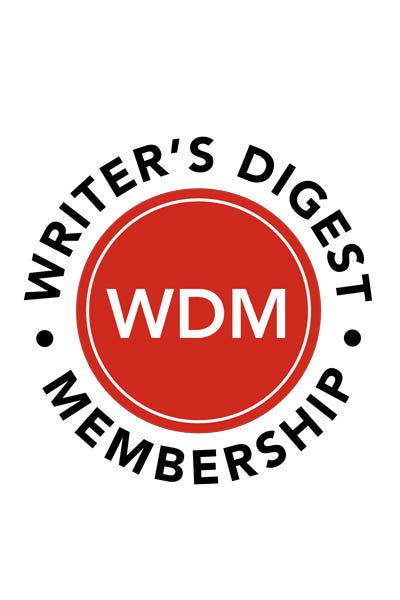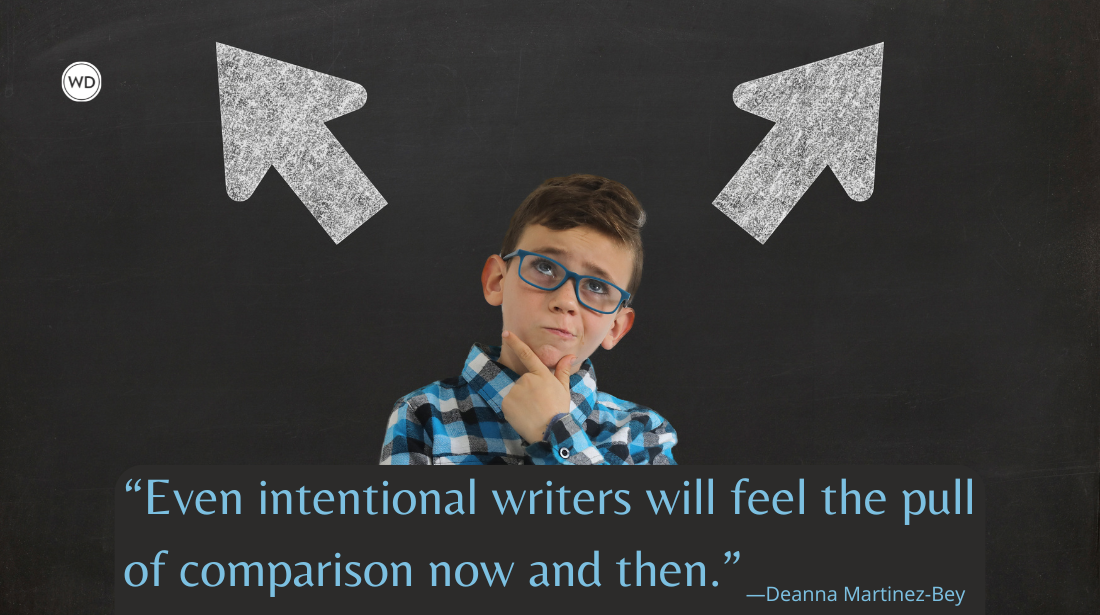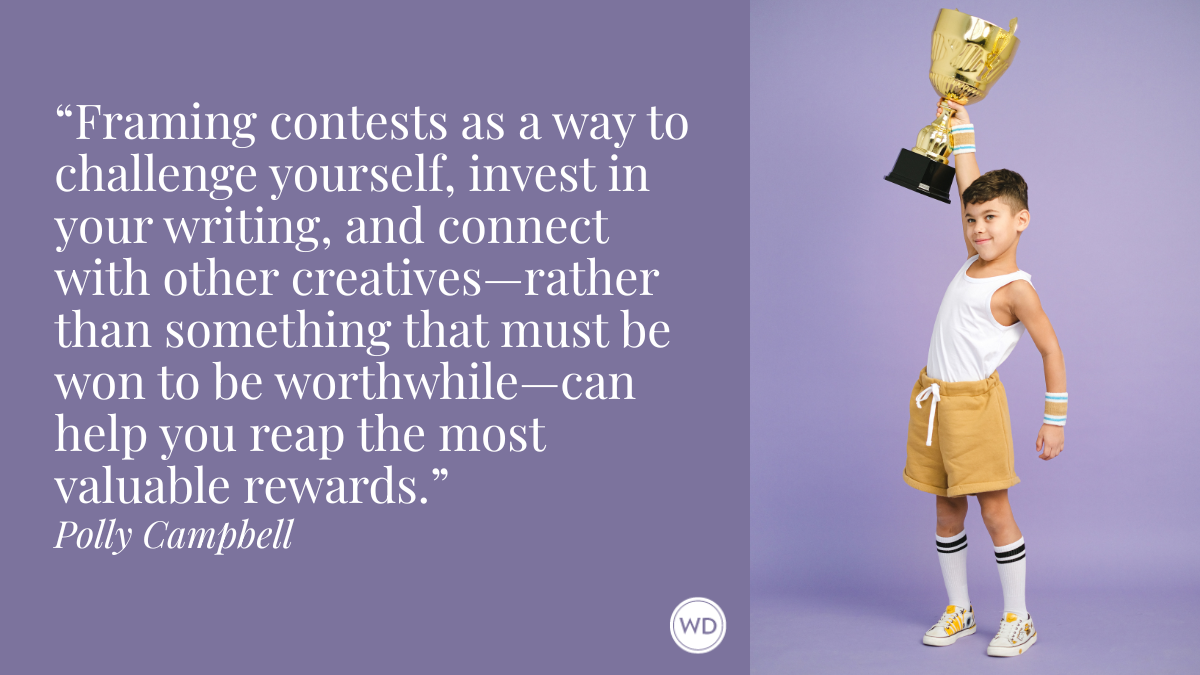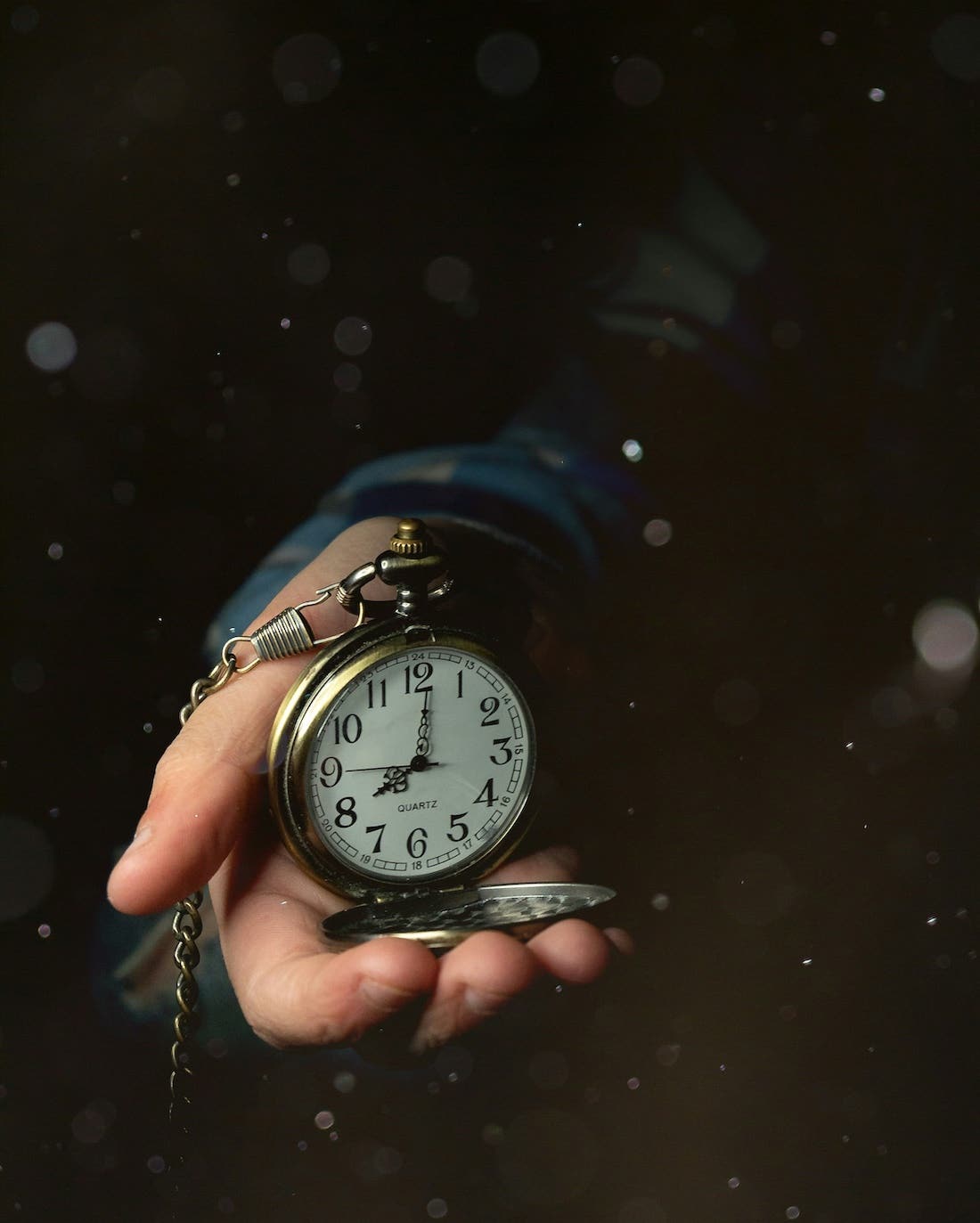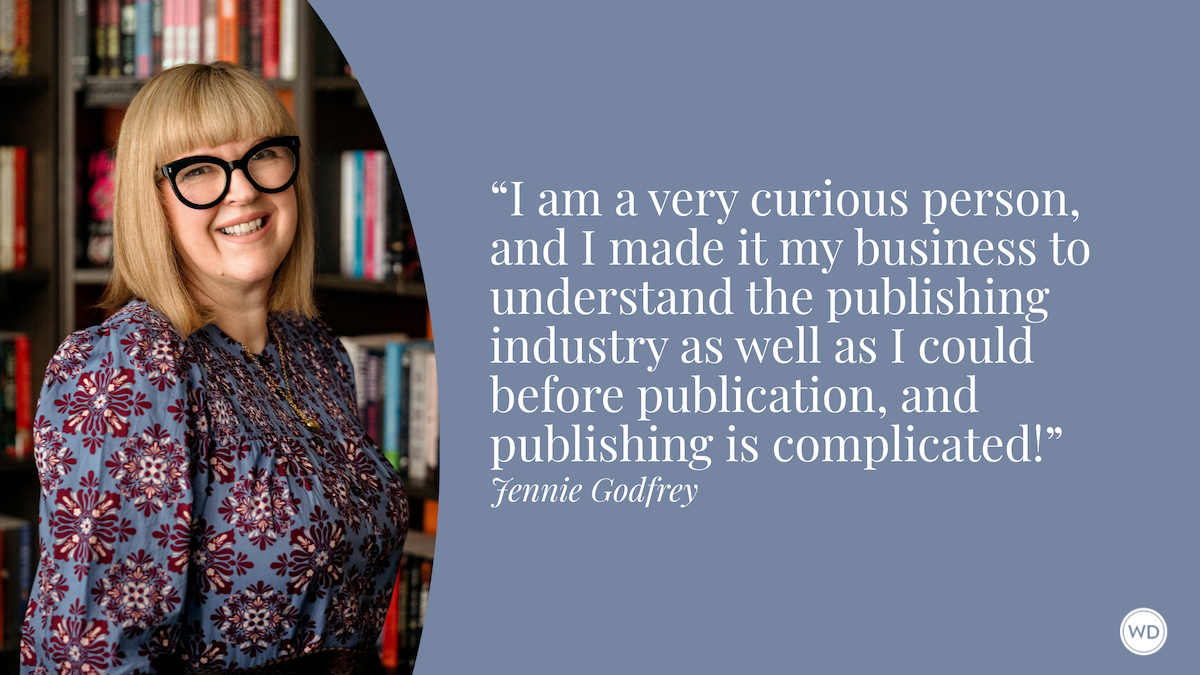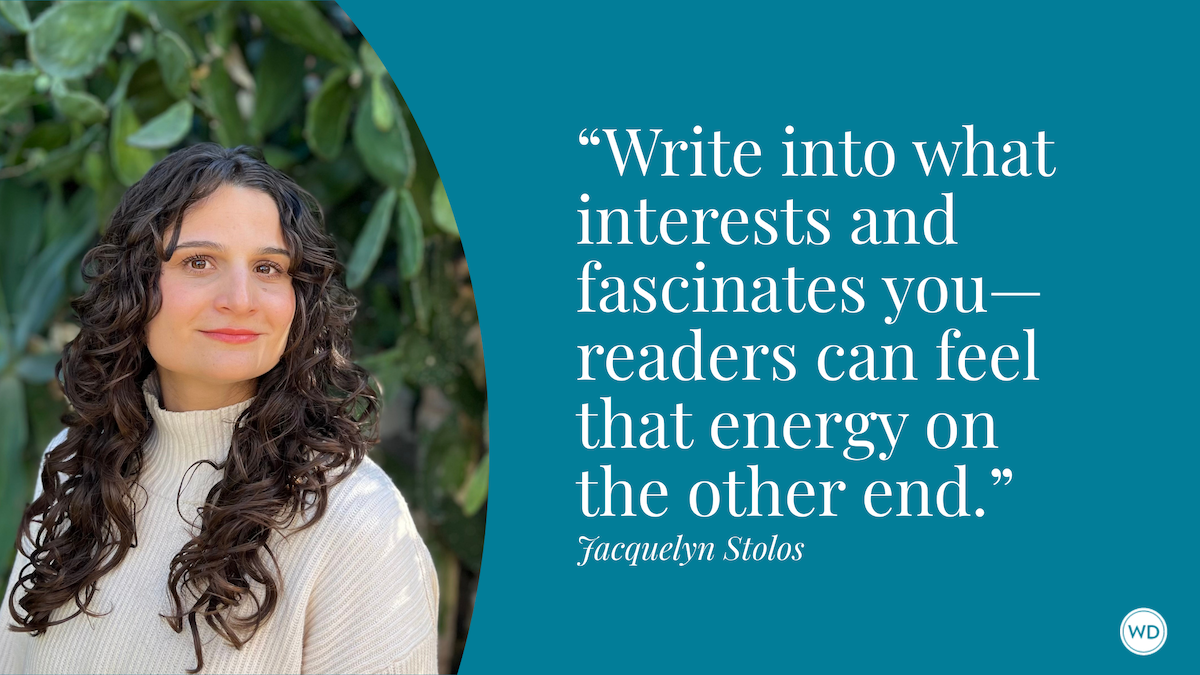7 Things Writers Should Know About Absinthe
Evan Rail, author of The Absinthe Forger, shares seven things writers should know about absinthe, from bans to varieties and more.
Writers have long had a deep affinity for absinthe, the legendary spirit that captivated fin-de-siècle Paris. Known as the Green Fairy and hailed by Oscar Wilde, James Joyce, Ernest Hemingway, Arthur Rimbaud and Guy de Maupassant, among other greats, the licorice-like drink has a special place in literary history. It also has a completely inaccurate reputation that is rife with misunderstandings, mistakes, and pure untruths.
But why wouldn’t our understanding of absinthe be mostly wrong? After all, the drink was almost globally banned for nearly a hundred years, largely killing off the culture of drinking it. When I started researching The Absinthe Forger, my true-crime story about a modern-day absinthe counterfeiter, I talked to experts who explained how they’d pieced together the truth behind his crimes—as well as other lessons about the drink, including the science behind it, its true origins, and how drinkers consumed it in the past.
Absinthe doesn’t make you hallucinate
If there’s one myth that needs to die, it’s the idea that absinthe causes hallucinations. That legend arose during a moral panic in France at the end of the 19th century, when absinthe’s swelling popularity led to badly made rotgut versions sold to the unsuspecting poor, and when overconsumption of all types of alcohol in the country swelled to epidemic proportions. Despite the propaganda of the anti-absinthe movement, absinthe doesn’t cause seizures, tuberculosis, moral turpitude, depravity, perversion, degeneracy—or even simple hallucinations.
That said, drinking a quality absinthe can feel slightly different than drinking other kinds of alcoholic beverages. Ever had a bunch of ideas jump out of your brain after a great espresso? Ever felt an unexpected sense of deep calm after a sip of herbal tea? Plants can have powerful psychological effects, and many of the ingredients in absinthe have been used as medicine, including wormwood, anise, and fennel.
So no, you won’t hallucinate if you drink a glass of absinthe, but maybe keep a notebook handy, just in case. You might come up with something interesting.
Don’t drink absinthe straight
Sometimes bottled at 72% alcohol, or 144 proof, absinthe is generally too strong to drink straight. It’s also way too bitter and herbal—somewhere between peppermint oil and strong black licorice—to be enjoyed straight from the bottle. Generally, a small shot of the spirit is cut with cold water at around a 1:4 ratio, ending up about as strong as a glass of wine.
There are various apparatuses for adding water, including gorgeous Art Nouveau fountains and more arcane devices like the brouilleur, or dripper; adding a cube of sugar under the stream of water on a slotted absinthe spoon is entirely optional. But whatever you do, don’t light it on fire. That version of the so-called “absinthe ritual” was only invented in the 1990s as a marketing gimmick. Among real absinthe fans, it’s seen as silly and inauthentic.
Absinthe isn’t always green
Yes, absinthe is known as la Fée Verte, or the Green Fairy, but the color palette is not so simple. The original and best-known version of the drink—absinthe verte—is arguably green-ish in its undiluted form, though the shade is usually more like a dull yellow-green, closer to dark khaki than olive. In any case, a quality absinthe verte is never a bright neon green. Aficionados admiringly use the term “dead leaves” to describe the color of their favorite drinks, but they never mention Kermit the Frog.
In addition, 95 years of Swiss bootlegging made the clear version of the drink—historically known as absinthe blanche and now generally referred to as absinthe bleue—much more common. That drink looks like gin or vodka for a reason: Both of those spirits were legal, while absinthe was banned.
Once diluted, however, both the verte and bleue versions of the drink are mostly milky-white in color, due to the louche effect formed by the emulsion of water and essential oils from anise and other herbs in the drink. Even the recently developed reddish version, absinthe rouge, more closely resembles Assam tea with slightly too much milk once it has been properly diluted with water for serving.
Absinthe doesn’t originally come from France
Absinthe certainly found its greatest popularity in Paris, from the middle of the 19th century until the drink was banned at the start of World War I. In fact, the drink was a foreign import, originally invented in a remote Swiss valley known as the Val-de-Travers, just outside of Neuchâtel. It was here that the nascent absinthe industry got its start in the late 18th century before soon moving across the border for tax purposes.
After marrying into an absinthe-distilling family in the Val-de-Travers, in 1805 Henri-Louis Pernod founded a distillery in the French village of Pontarlier, where he could originally produce about 16 liters—or roughly 16 quarts—of la Fée Verte per day. By the end of the 19th century, Pontarlier was the center of absinthe production, home to some 25 distilleries which collectively turned out more than 10 million liters of absinthe annually.
The Swiss vs. French distinction isn’t just historical. Today, 20 years after the drink was re-legalized in Switzerland, the Val-de-Travers is home to the largest concentration of artisanal absinthe producers in the world, as well as absinthe festivals and an excellent museum of absinthe history. If the Green Fairy has a true home, it’s in Switzerland.
Absinthe wasn’t banned everywhere
The movement to ban absinthe very nearly went global, starting in Belgium in 1906, Switzerland in 1908, the Netherlands in 1909, and France in 1914. Even before Prohibition ixnayed most types of alcohol in 1920, the U.S. banned absinthe in 1912. In the 1920s, an international prohibition against the spirit was reportedly debated at the League of Nations.
Some countries never formally prohibited absinthe, however. Most conspicuously, limited absinthe continued from the 1930s through the 1960s under the Pernod brand in Tarragona, Spain. Perhaps because the United Kingdom had never really developed a taste for the Green Fairy, it was apparently never formally prohibited there. And because Czechoslovakia didn’t exist as a country until after World War I, there was no law on the books to stop Czech distillers from producing their own absinthe after the Velvet Revolution of 1989—thus kicking off the modern absinthe renaissance.
The Swiss never stopped making absinthe
Czech distillers making dubious versions of the Green Fairy helped create an absinthe boom in the UK at the end of the 1990s. But in the drink’s Swiss homeland, Val-de-Travers bootleggers kept turning out illicit absinthe throughout the national prohibition on the drink that lasted from 1910 to 2005, improving their recipes thanks to the greater availability of herbs and spices sold in local pharmacies as “tisanes,” or herbal teas.
Frequent raids on distillers and sellers led to a cottage industry of clandestine production, as well as the popularity of the clear absinthe bleue style, which could be easily disguised as non-contraband gin or vodka. Sometimes, distillers even packaged bootleg absinthe as canned vegetables, or labeled it as “Machine Oil — For Internal Use Only.”
Authentic absinthe from before 1914 is still out there
It’s hard to believe, but real bottles of historic absinthe—known by absinthe collectors as “pre-ban”—are still out there, occasionally showing up at auction or in estate sales. And yes, there are some scammers who are trying to cash in on the interest: That’s what The Absinthe Forger is about, after all.
So by all means, be cautious. But if you have the chance to taste an authentic pre-ban, sold by a reputable dealer like the ones I interviewed for my book, jump on it. When it comes to absinthe that dates from before World War I, they’re certainly not making any more of it.
Check out Evan Rail's The Absinthe Forger here:
(WD uses affiliate links)


